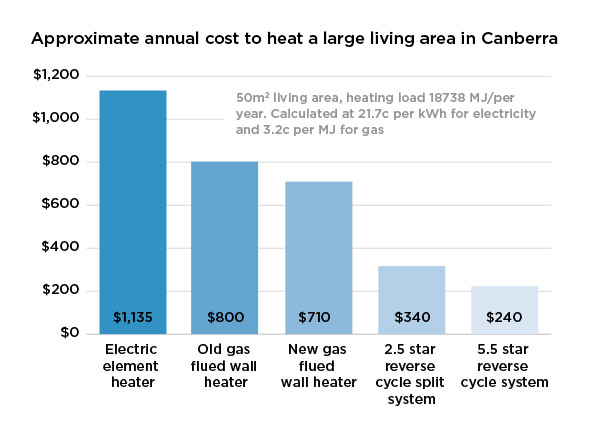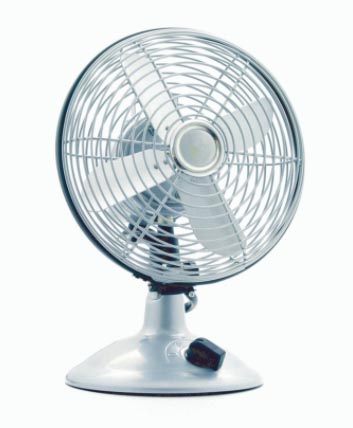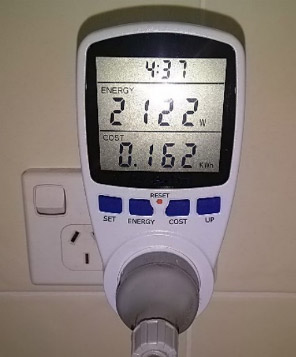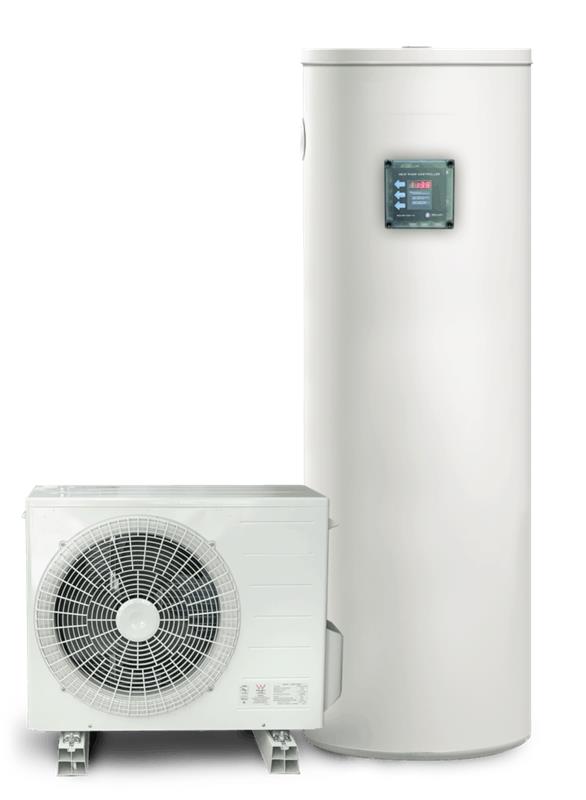
Property Owner Report

In summer a comfortable and cost-effective range to set the thermostat is 25-27°C, and in winter it is 18-20°C
Completing some or all of the recommendations in this report will make your property more energy efficient and comfortable, and should improve its value.
When you’ve read your recommendations, check out the links and resources at the end of this report and at www.climatechoices.act.gov.au.
If you live in the ACT, you can get free expert advice on saving energy in your home including additional support implementing these recommendations or checking your bills, by calling the ACT Sustainable Home Advice line on 1300 141 777 or emailing SustainableHomeAdviceProgram@act.gov.au.
test testIf you found your home energy assessment and report useful please let your friends, family and networks know.


Windows and draughts
Your recommendations
- Draughts waste a lot of energy. Stopping them is the most cost-effective action you can take to make your home more comfortable and can reduce heat loss in winter by up to 25%
You can find more detailed information about draught-proofing, window insulation and window coverings in the links at the end of this report.

Heating
Your heating recommendations
- It is important to service and undertake a carbon monoxide check of gas heaters annually.
- Replacing gas heaters with reverse cycle air conditioning units will improve the value of your property as well as helping people in the house reduce energy costs.
- If you are the energy account holder and the account is with ActewAGL, you may be able to get discounts for replacing gas heating with reverse cycle air conditioning. For more information see https://www.actewagl.com.au/support-and-advice/save-energy
There is more information about heating your home in the links at the end of the report.

Cooling
Your cooling recommendations
- Keep your home cooler in summer by opening your windows, doors and curtains when it cools down at night, then closing them in the morning as soon as it starts to get warm outside.
- Air conditioning units should be serviced annually. This will extend the life of the unit, saving you money in the long term

Appliances
Your appliances recommendations
- You can find out how much each of your appliances is costing you by getting a plug-in power meter (see photo). It will show how much power the appliance has used since it was plugged into the meter and will calculate the cost. You can buy power meters at hardware stores or online.
- When the time comes to buy a new appliance, check the energy star rating labels (see https://www.energyrating.gov.au/). More stars mean greater energy efficiency. Choosing a more energy-efficient appliance will reduce energy consumption and help lower energy bills.


Hot Water
Your recommendations
- Insulate all pipes going into and out of your hot water unit with foam tubing, known as lagging, to prevent heat loss, especially the two metres closest to your water heater.
- Check that the thermostat is no higher than 50°C.
- A 3 star showerhead will halve the amount of hot water and energy used per minute. Note: the property owner will need to give permission and engage a licensed plumber to install a new showerhead in the ACT.
Lighting
Your lighting recommendations
- Swap light bulbs with LED lights as they need replacing. Incandescent, halogen and compact fluorescent bulbs and fluorescent tubes can all be replaced with long-lasting efficient LED versions.
Insulation
Your insulation recommendations
- Installing adequate ceiling insulation significantly improves the Energy Efficiency Rating (EER) of a property, which increases its value as well as being the best way to keep it at a comfortable temperature all year round. Most heat enters and exits through the ceiling.
- Ceiling batts should have at least an R5 rating (about 240mm thick). It is easy to top up existing insulation to achieve R5 rating.
- Gaps and incomplete coverage will severely compromise the insulation value, with 5% gaps resulting in around 20% loss of insulation value.
Links & Resources
- Energy in the ACT https://www.climatechoices.act.gov.au/energy
- Heating your home https://www.climatechoices.act.gov.au/energy/energy-efficiency/heating-for-your-home
- Staying warm on less energy https://act-hea.com.au/wp-content/uploads/2021/01/Actsmart-Staying-warm-on-less-ACCESS.pdf
- Actsmart Energy Saving Guide (a detailed guide and action plan template) https://act-hea.com.au/wp-content/uploads/2021/01/ACTSmart-ESG-12-20.pdf
- Draught-proofing DIY videos https://www.climatechoices.act.gov.au/policy-programs/sustainable-home-advice-program and https://www.greenityourself.com.au/category/topics/draught-proofing
- Make the Switch from gas appliances to an efficient all-electric home https://maketheswitch.org.au
- Better Renting Energy Efficiency Guide for People Who Rent https://www.betterrenting.org.au/energy_efficiency_renting
- Renters Guide to Sustainable Living https://renew.org.au/publications/renters-guide-to-sustainable-living/
- Energy rating website https://www.energyrating.gov.au/
- The renting book https://act-hea.com.au/wp-content/uploads/2021/01/The-Renting-Book.pdf
- My Efficient Electric Home Facebook group https://www.facebook.com/groups/MyEfficientElectricHome

For further information about your recommendations and how to implement them please contact:
For further information about ACT energy efficiency programs and technical advice, call the ACT Sustainable Home Advice line on 1300 141 777, email sustainablehomeadviceprogram@act.gov.au, or visit www.climatechoices.act.gov.au.


 Home Energy Assessment
Home Energy Assessment

